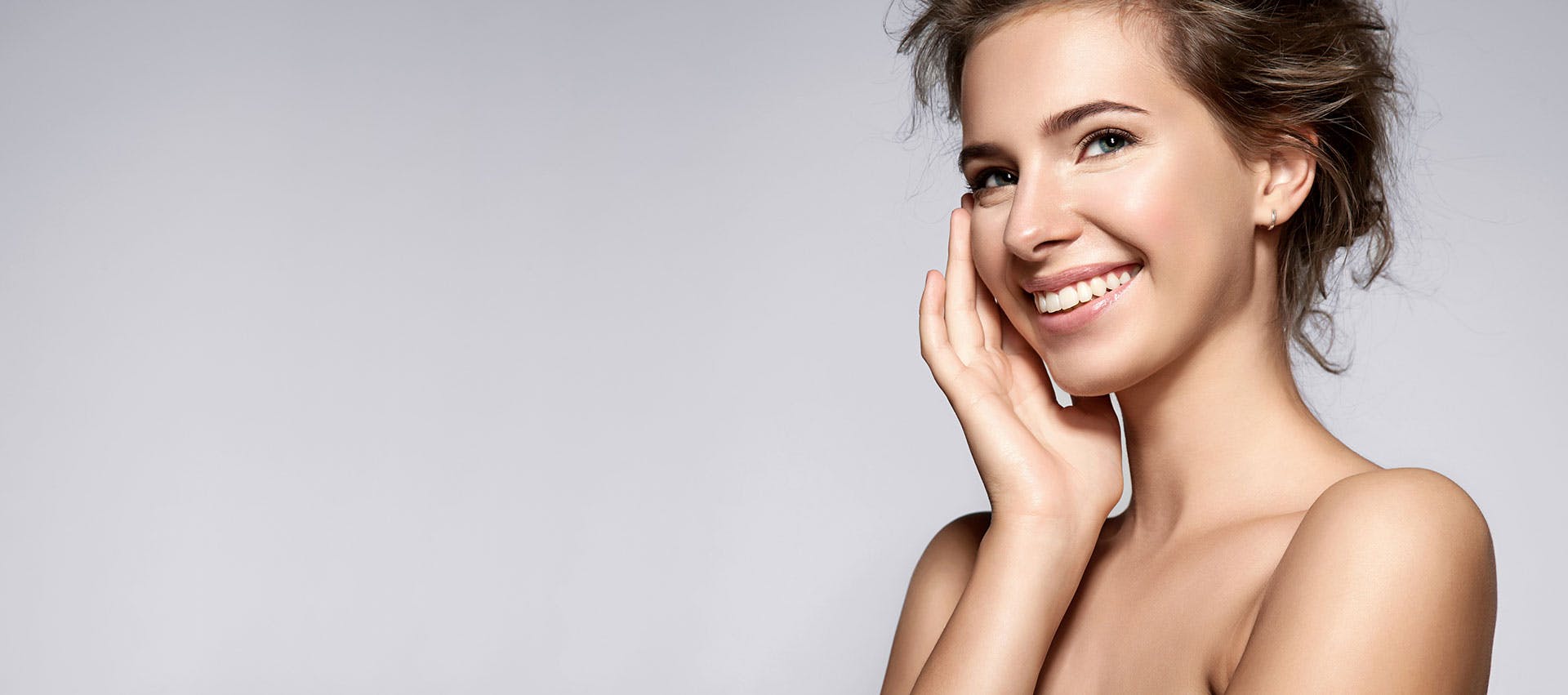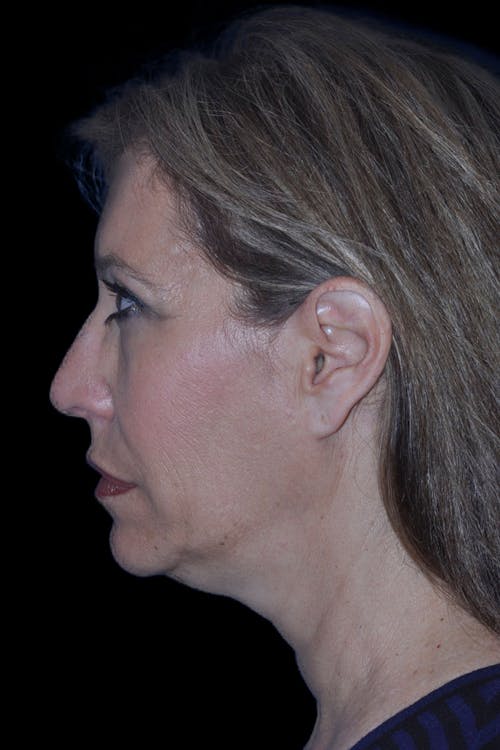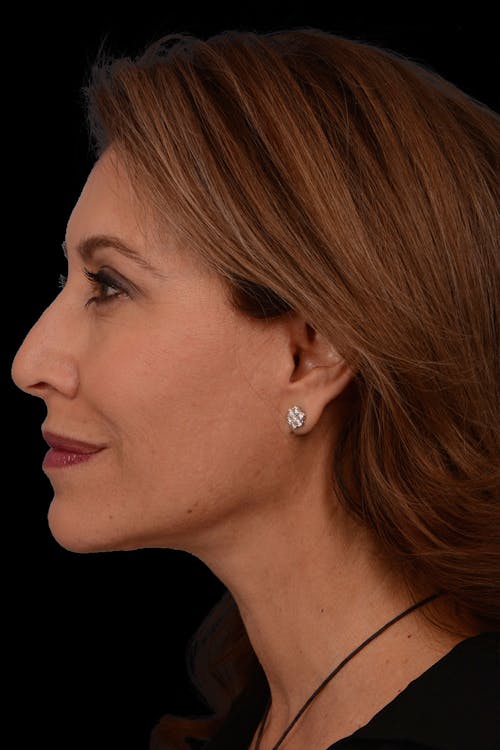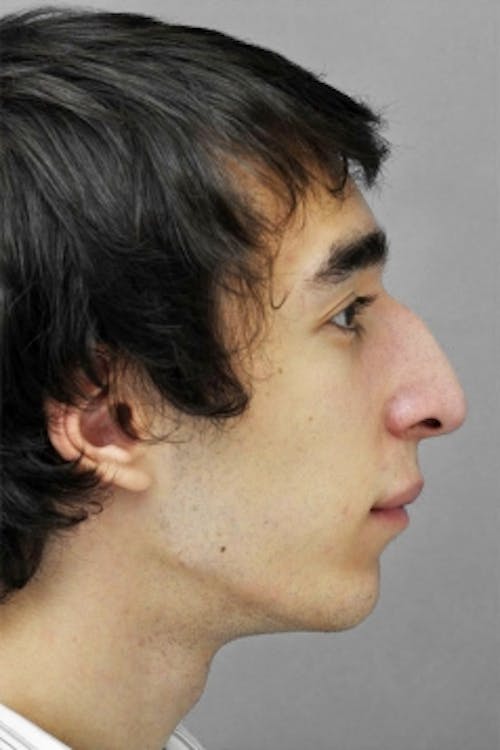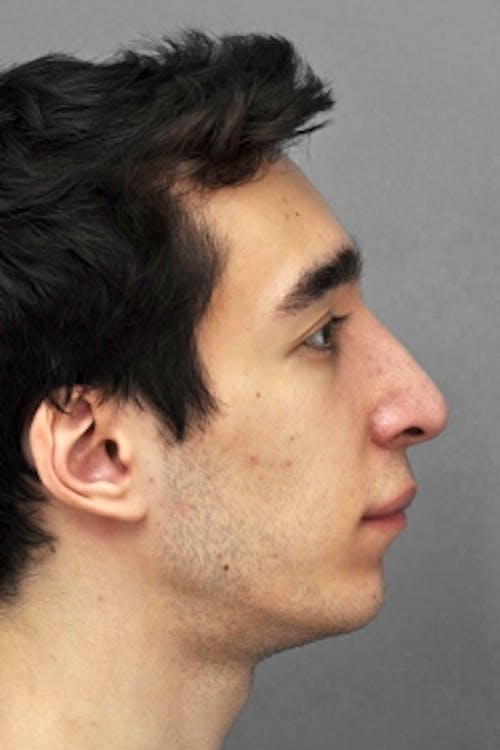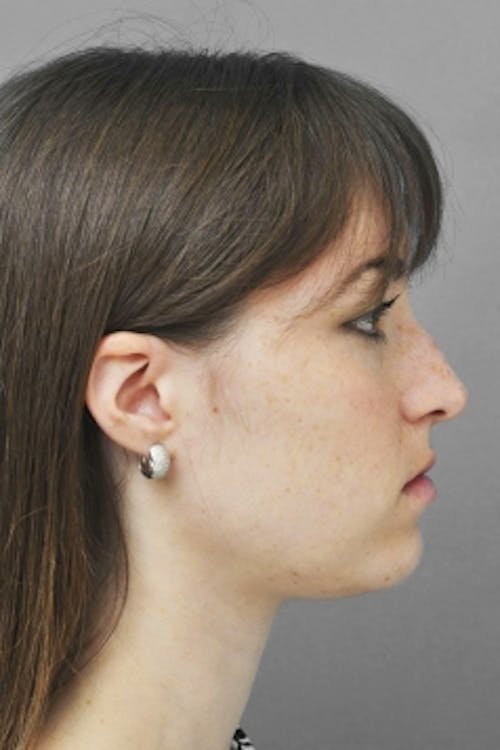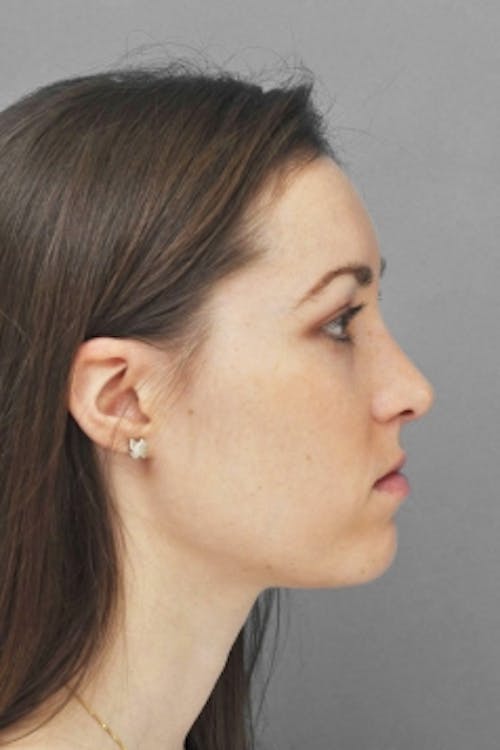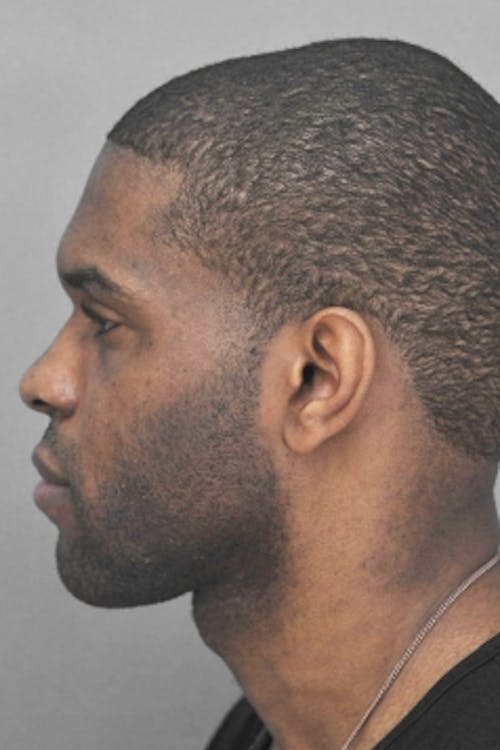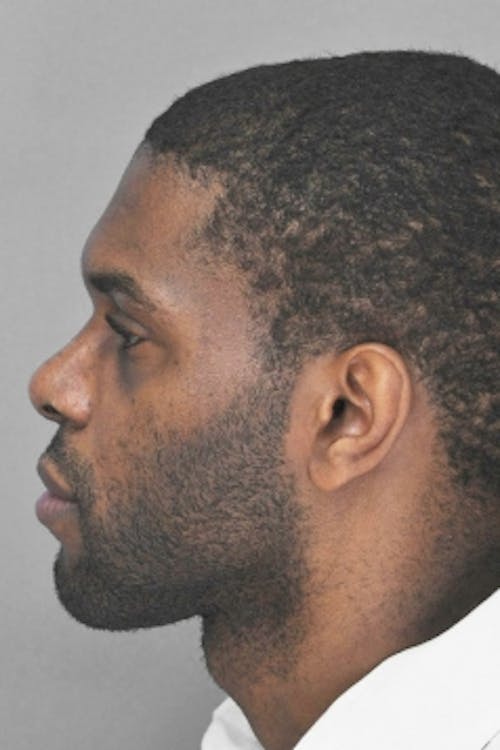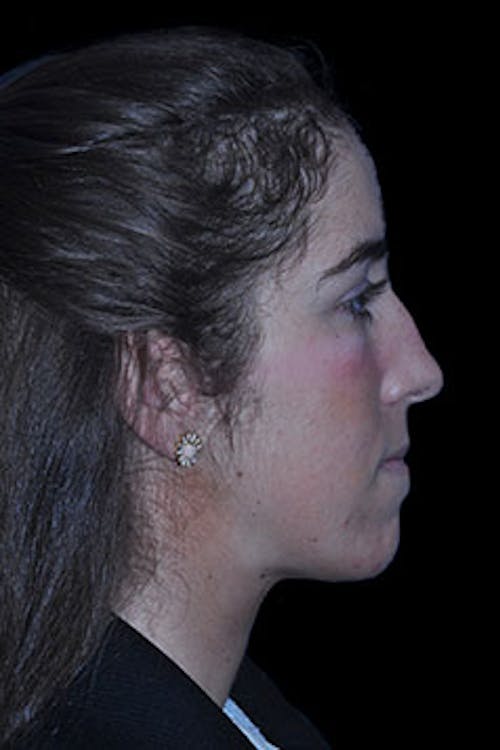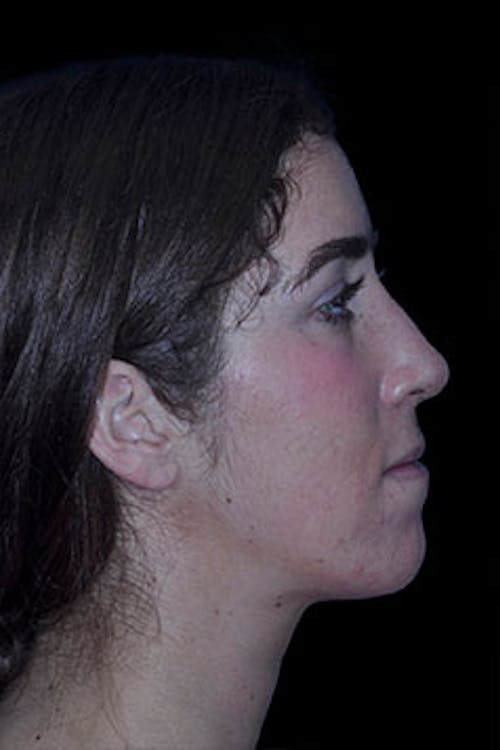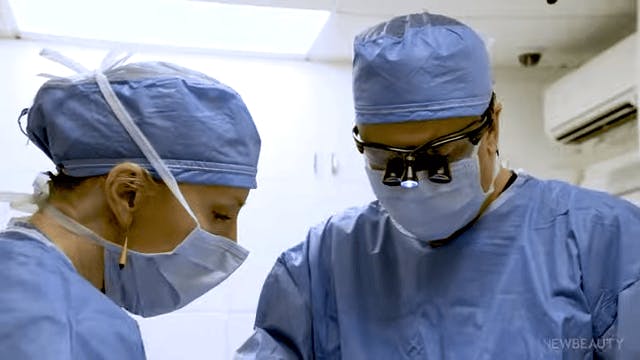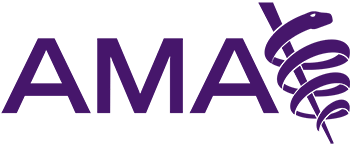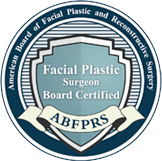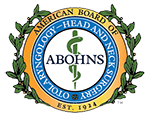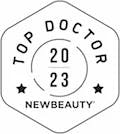Am I A Good Candidate For Rhinoplasty?
Potential candidates for rhinoplasty in NYC with Dr. White typically consist of individuals who:
- Have issues with the shape, size, or symmetry of their nose that they would like to improve
- Suffer from breathing difficulties caused by a deviated septum or other structural nasal problems
- Are in overall good health and do not have medical conditions that could elevate surgical risks
- Are non-smokers, or are willing to temporarily stop smoking, as this can affect the healing process
- Have reached full facial growth, usually by late adolescence or adulthood
- Have sustained nasal injuries or trauma that have changed the shape or function of their nose

